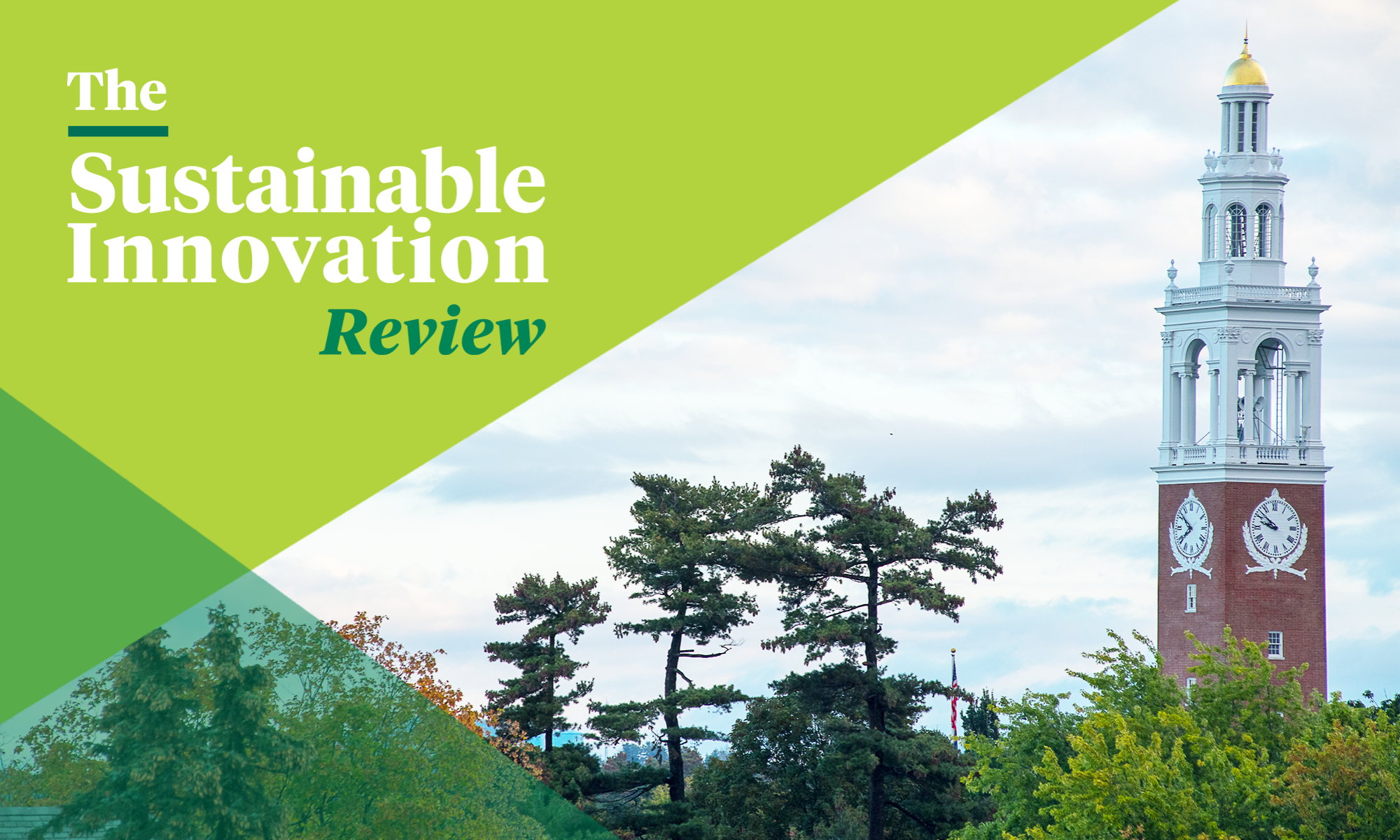Meet Camille Fordy ’18, (LinkedIn) who came to The Sustainable Innovation MBA from the Washington, D.C. law firm of Brownstein Hyatt Farber Schreck where she worked in their government relations division. Prior to working at Brownstein, Camille worked on Capitol Hill as a legislative staff assistant to Sen. Patrick Leahy and the Senate Judiciary Committee. This interview was conducted by Peyton White (LinkedIn), an undergraduate Business Administration major in UVM’s Grossman School of Business.
Why did you choose The Sustainable Innovation MBA?

 I was MBA-bound for a while. I took the GMAT once and was exploring future options for MBA programs. I did lots of research on two-year programs, which I liked. I was going to push the application process out a year to continue studying for the GMAT, but instead I applied to The Sustainable Innovation MBA. I liked that the opportunity cost of attending The Sustainable Innovation MBA program was only one year and offered me a great change of network, too, away from my primary one in D.C.
I was MBA-bound for a while. I took the GMAT once and was exploring future options for MBA programs. I did lots of research on two-year programs, which I liked. I was going to push the application process out a year to continue studying for the GMAT, but instead I applied to The Sustainable Innovation MBA. I liked that the opportunity cost of attending The Sustainable Innovation MBA program was only one year and offered me a great change of network, too, away from my primary one in D.C.
“I liked that the opportunity cost of attending The Sustainable Innovation MBA program was only one year.”
What do you like about The Sustainable Innovation MBA?
I know a few individuals who were in previous cohorts. Their growth and experience in The Sustainable Innovation MBA program is inspiring and I really like the uniqueness of the program. I have heard before that “if you don’t go to a Top 10 school, an MBA isn’t worth it.” But after one month, I can say I disagree for many reasons. The program offers many interesting perspectives, classes are intellectually challenging, and we are provided with many opportunities to work in teams. I have found that the teamwork projects have been a great tool to self-assess how I work with others and improve upon my communication, project management, and problem solving skills for use in my future workplace. I have had the opportunity to develop relationships with new people and new personality types that I may never have met in my former workplace. Working in these diverse teams in a low-stakes atmosphere has given me the space to take risks and grow.
Continue reading “Getting to Know the Class of 2018: Camille Fordy”


 Before joining the PYXERA team, Asiala had been the Director of Corporate Citizenship at Dow Corning Company. Over three decades in the corporate sector taught her that environmental and social sustainability are not hindrances to business; rather, they can ensure long-term success and profitability. She carries that vision forward in her current role at PYXERA, where she works to leverage the strengths of corporations, governments, social sector organizations, educational institutions, and individuals to solve complex problems in inclusive and sustainable ways.
Before joining the PYXERA team, Asiala had been the Director of Corporate Citizenship at Dow Corning Company. Over three decades in the corporate sector taught her that environmental and social sustainability are not hindrances to business; rather, they can ensure long-term success and profitability. She carries that vision forward in her current role at PYXERA, where she works to leverage the strengths of corporations, governments, social sector organizations, educational institutions, and individuals to solve complex problems in inclusive and sustainable ways. After Mobile World Congress and IoT World earlier this year, there was a lot of buzz about 5G, smart mobility, general IoT, and smart cities. It feels like we’re entering the future, and the excitement is palatable.
After Mobile World Congress and IoT World earlier this year, there was a lot of buzz about 5G, smart mobility, general IoT, and smart cities. It feels like we’re entering the future, and the excitement is palatable. Tonight, I called my dad and patiently waited for him to ask me what new things I learned today. To his surprise, I started talking about the Alumni Career Panel, which brought together current SEMBA-ites and alumni from cohorts 1 and 2. The goal of the event was for the alumni to provide honest, practical feedback around finding a job and landing the right job.
Tonight, I called my dad and patiently waited for him to ask me what new things I learned today. To his surprise, I started talking about the Alumni Career Panel, which brought together current SEMBA-ites and alumni from cohorts 1 and 2. The goal of the event was for the alumni to provide honest, practical feedback around finding a job and landing the right job.



